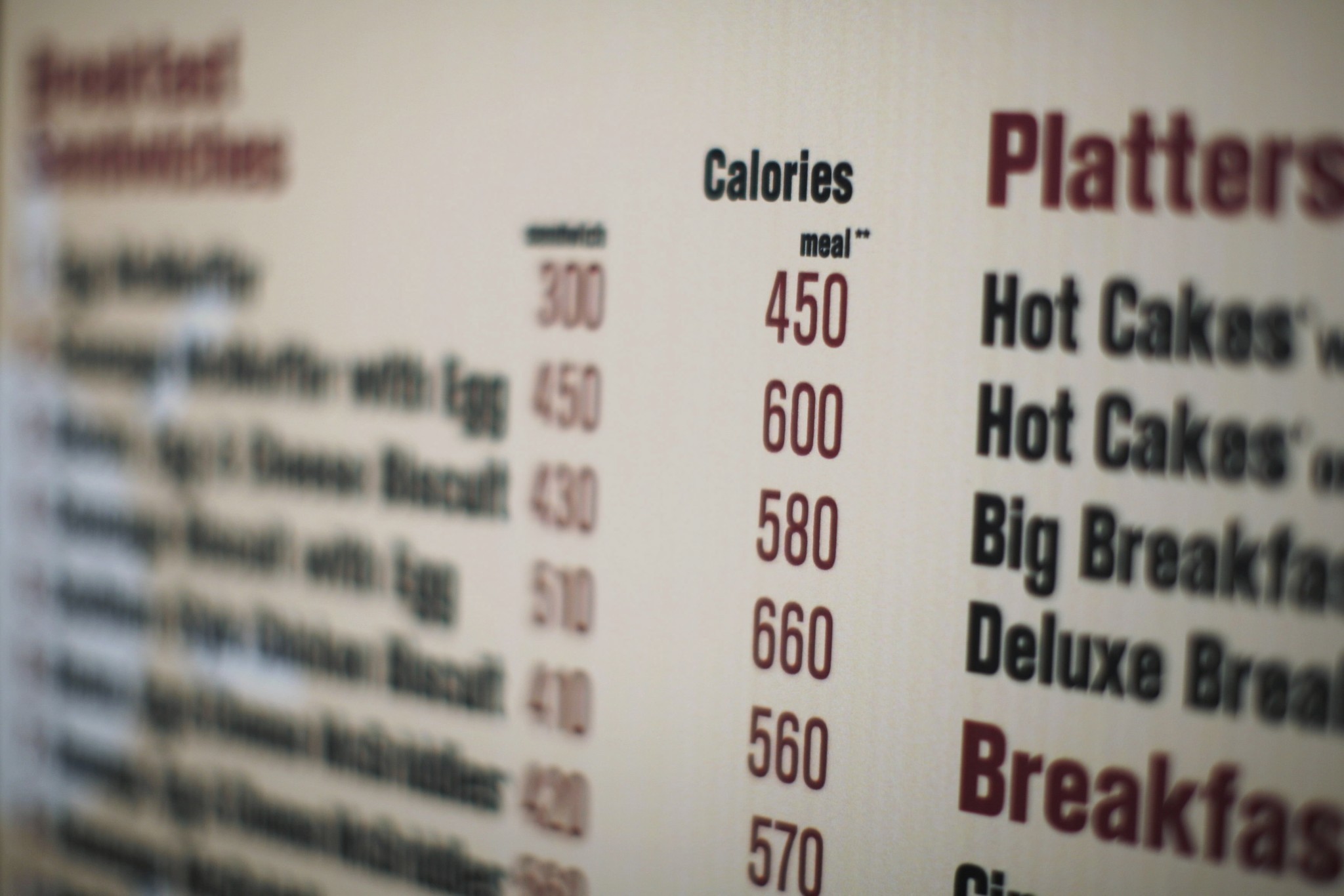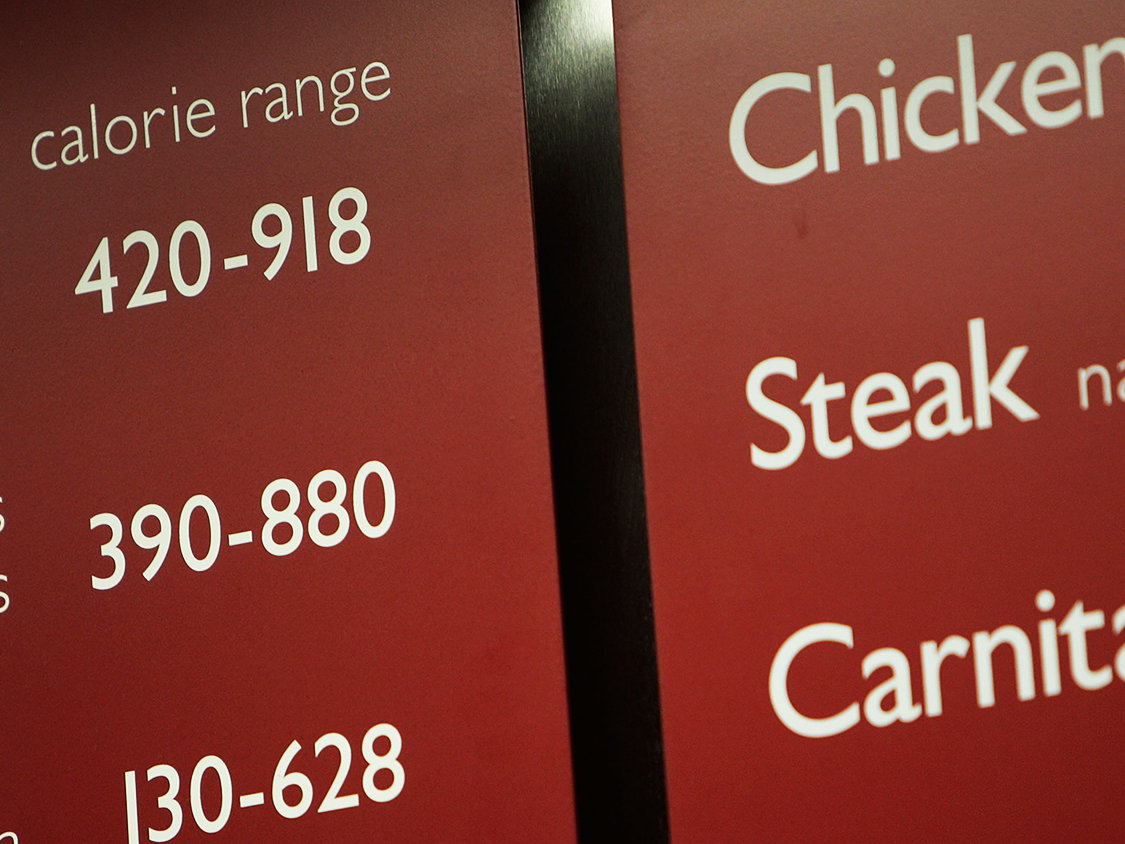As mentioned in another article in December, the Food and Drug Administration (FDA) issued a final rule on food labeling (the Rule), as required under the Affordable Care Act, which provides for nutrition labeling of “standard” menu items for chain restaurants with 20 or more locations and “similar retail food establishments.” Initially the Rule was to be implemented on December 1, 2015; however, since the Rule was issued numerous chain restaurants, grocery stores, and other covered establishments complained that they may not be able to comply within such time period. Thus, on July 9, 2015 the FDA responded by announcing that it was extending the compliance date for the Rule to December 1, 2016.
This is welcome news to the food industry as many businesses have struggled to implement procedures to comply with the Rule. Food businesses will now be afforded additional time to train staff, design new menus, and develop new information systems to assist in efficiently complying with the Rule. The FDA also announced it intends to publish a guide to assist covered establishments in complying with the Rule which is expected to be issued in August 2015.
While the menu labeling rule implementation has been delayed for one more year, it’s important for businesses to start planning for the implementation. If your food or beverage business needs assistance with implementing or interpreting the menu labeling rule, please feel free to contact our attorneys at Morsel Law.



